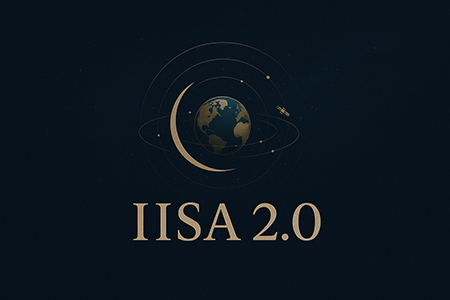
African Union military operation in Marka town, Somalia
The AU has announced a cessation of its 22,000 strong peacekeeping mission currently operating in Somalia by the end of 2017. The decision was accelerated in August by a 20 per cent financial cut in sponsorship from the European Union, which forced the Ugandan government, AMISOM’s largest military contingent to initiate a unilateral withdrawal of its forces next year, compounding structural labour shortages.
While a shift in leadership has emphasised continuity in both mandate and strategic priorities for the coalition in the short term, including the facilitation of successful federal elections in 2016 and encouraging the development of a functional Mogadishu-led security apparatus to ‘shoulder its own responsibilities’, the time horizons have been substantially expedited. Somalia now has until 2017 to establish a military capable of containing the Shabaab insurgency and provide space for state building.
However, despite AMISOM spokesman Lt Col Hoe Kibet arguing Somali forces is ‘in terms of training tactics and weaponry, now as good as any national army’, critics remain pessimistic about the prospective delivery of socio-economic and political stability. A systemic lack of equipment, expertise and experience currently frame large segments of the SAF, and where local troops have not been supported by international peace-keepers they are consistently weakened by desertion.
Of course, there have been some successes: Shabaab’s parent insurgency and affiliated groups have enjoyed an operational resurgence over the last year but this has not translated into territorial control. Similarly, soft programmes such as the amnesty introduced by the Mohamoud administration and externally financed DDR initiatives are becoming increasingly effective. Several former militant leaders are now consulting with the federal government and a new German funded rehabilitation model is now being internalised across the country to exploit grass-root level internal rifts in the Shabaab network. Supplementing domestic efforts to reintegrate disillusioned fighters, it specifically targets investment in vocational training, communal infrastructure and social interaction, providing a multifaceted framework with the propensity to counter non-ideological strains of recruitment. Defectors have a tendency to exaggerate their conviction to Shabaab and many low level fighters subscribe out of economic necessity, peer pressure or coercion, providing an opportunity for the government to engage and successfully convert low risk combatants.
Nevertheless there are still serious doubts that Somalia will be able to sustain effective kinetic operations without international support. Deradicalisation, CVE and the associated projection of counter-messaging needs to be reinforced with substantive military force, particularly in a context where domestic terrorism is synonymous with a much broader asymmetric conflict being waged across the country’s peripheries. Counter-terrorism needs to be assimilated into a comprehensive counter-insurgency paradigm that carves space for these social initiatives to work over time. Without a dramatic re-appraisal of AMISOM’s scheduled withdrawal, any progress previously made to strengthen civil society, governance and national cohesion may quickly collapse.
